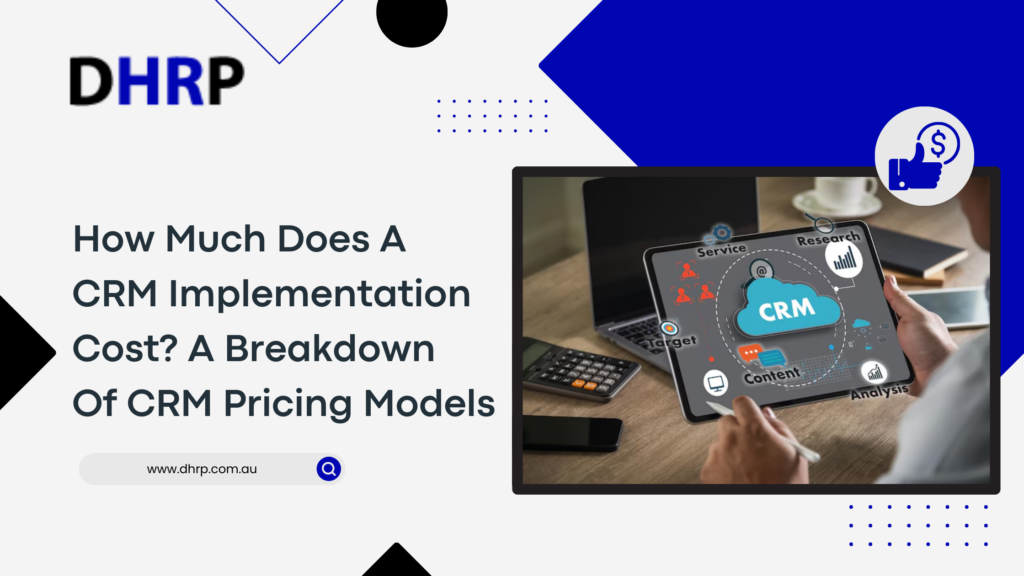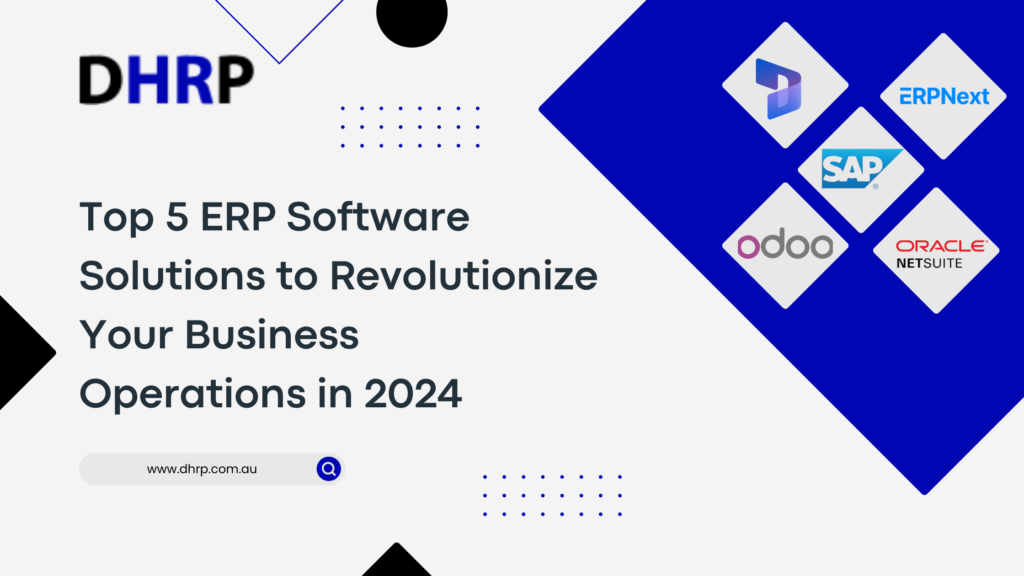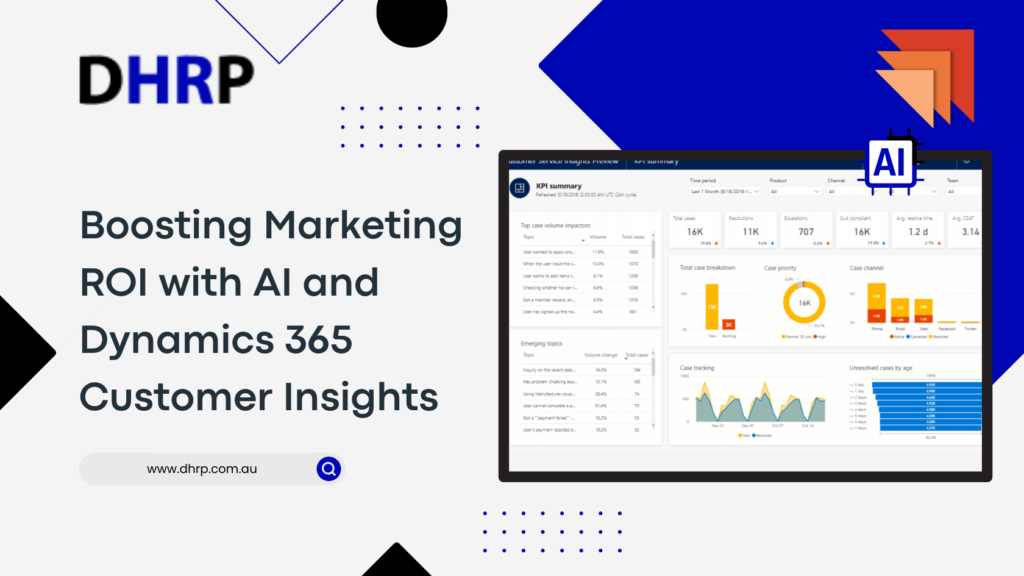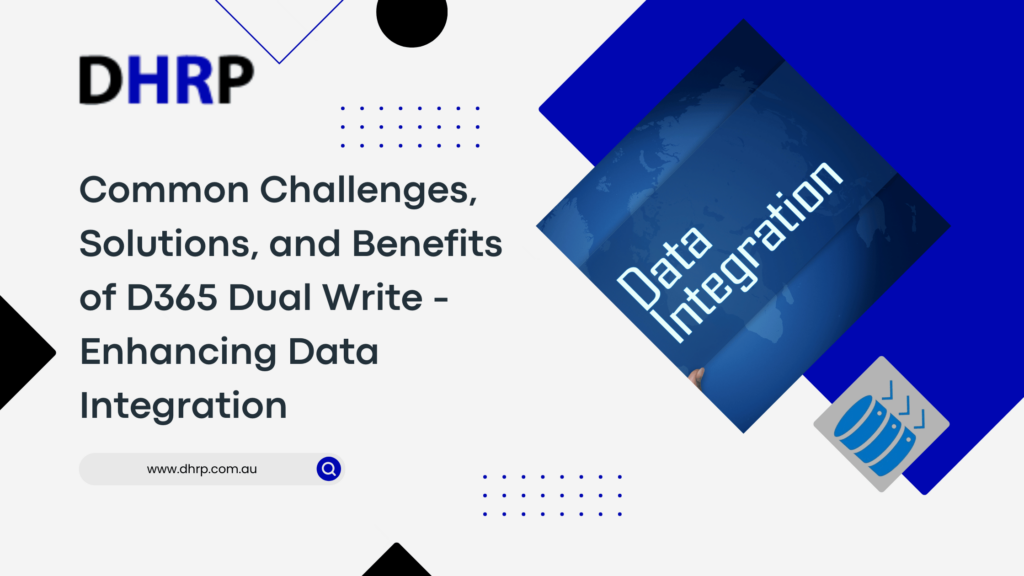How Much Does a CRM Implementation Cost? A Breakdown of CRM Pricing Models

Are you looking to digitally transform your business by adding CRM to your technology suite? CRM offers many great advantages. It brings your potential customers and team on the same page, helping you centralise your business. However, one significant factor that interrupts the process is CRM implementation cost. The most important costs to consider are […]
Cloud-Based vs. On-Premises CRM: Which Is More Cost-Effective?

Open LinkedIn or any other platform, and you will find the rants of personal branding. Well, personal branding begins with establishing good and long-lasting relationships with your customers. CRM has become a necessity in today’s market to lay down a strong foundation. Businesses operating without a CRM or relying on outdated systems face a multitude […]
Integrating AI with Dynamics 365 Sales for Smarter Sales Forecasting

AI is shifting businesses and entering a new phase. Organisations are now embracing automation with AI to get smarter and help companies maintain a sharp competitive edge. Whether you are a small team or a large organisation, driving productivity has never been easy. Similarly, when AI is integrated into Dynamics 365 for sales users, there […]
Top 5 CRM Software to Transform Your Business Operations in 2024

Are you looking to enhance your business’s operations and improve customer interactions? It sounds like a cliche that the customer is always right, but even after several conventional marketing changes, this aspect still holds immense significance. Today, company competition is more customer-centric than ever. Your competition isn’t just about the right branding and perfect product but also […]
Top 5 ERP Software Solutions to Revolutionize Your Business Operations in 2024

ERP systems are the most significant business tools. They power the team and organisation for streamlined management. They help companies manage business departments more efficiently and overcome any obstacles presented to their industries. However, before we learn the benefits of ERP which are quite visible, the major concern is to choose the right ERP system. Also, […]
How AI in Dynamics 365 is Revolutionizing Supply Chain Management

We might hate or love AI, but we cannot deny its inclusion in our businesses. The role of AI in every aspect of business is expanding constantly and offers a lot of potential to enhance operational management. It is changing everything from financial management to manufacturing and supply chain. Similarly, the supply chain is the […]
Boosting Marketing ROI with AI and Dynamics 365 Customer Insights

Are you tired of taking up the budget higher for marketing and not getting anything in return? Do you want something that streamlines your marketing and automates the workflows? This can help you increase your B2C and B2B marketing ROI, too. Isn’t it a tempting offer, as the constant loop of low customer engagement, failure […]
Common Challenges, Solutions, and Benefits of D365 Dual Write – Enhancing Data Integration

When clients need the data from Dynamics 365 Finance and Operations and their CRM in unity, the new D365 Dual Write functionality is the obvious option. This out-of-the-box infrastructure enables smooth interactions between ERP and CRM apps via the bidirectional interface between Dynamics 365 Finance and Operations and the Common Data Service. Changes made in […]
Creating Customized Solutions for Microsoft Teams with Microsoft Lists – A Practical Guide

Are you managing different lists at the same time? But now, you want access to all the data and statistics through a single platform? Well, Microsoft lists are now easy if you can create the perfect solution with Microsoft Teams. You might not be familiar with the procedure of adding Microsoft Lists in teams, so let […]
How Greenfield Hospital Improves Patient Care and Operational Efficiency with D365 Customer Service Hub

Scenario: Using the D365 Customer Service Hub to Improve Patient Care and Operational Efficiency at Greenfield Hospital Background: Greenfield Hospital is a medium-sized hospital located in Melbourne, Australia. With two hundred beds, the hospital sees a good number of patients yearly and provides a variety of services such as emergency treatment, surgery, specialised therapy, and […]































































































